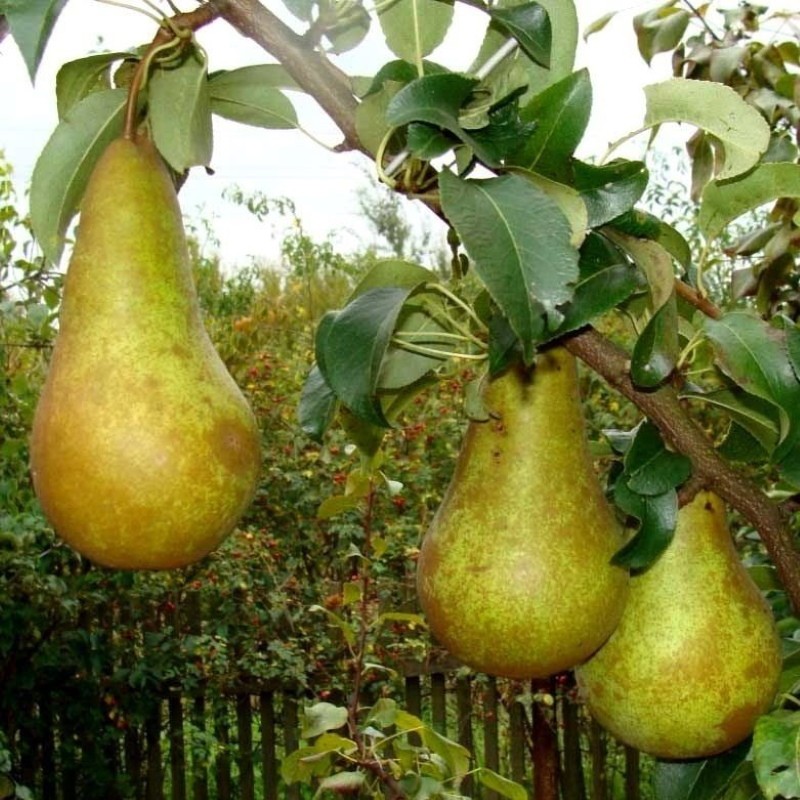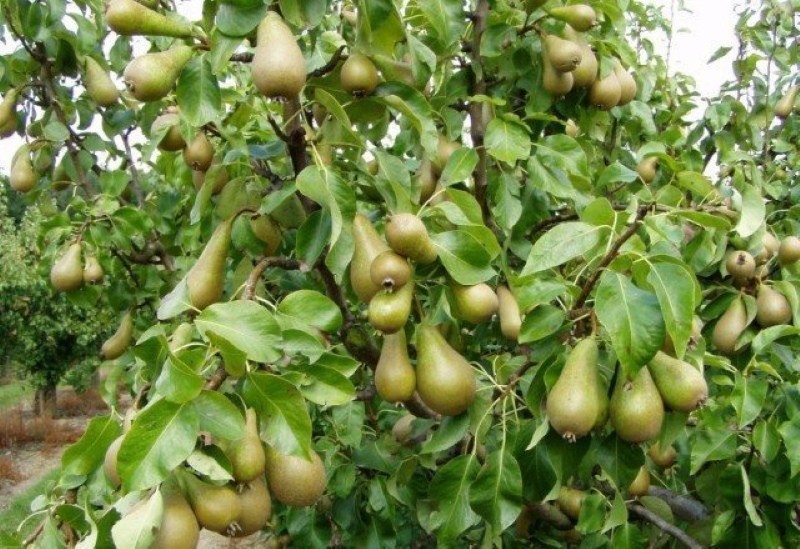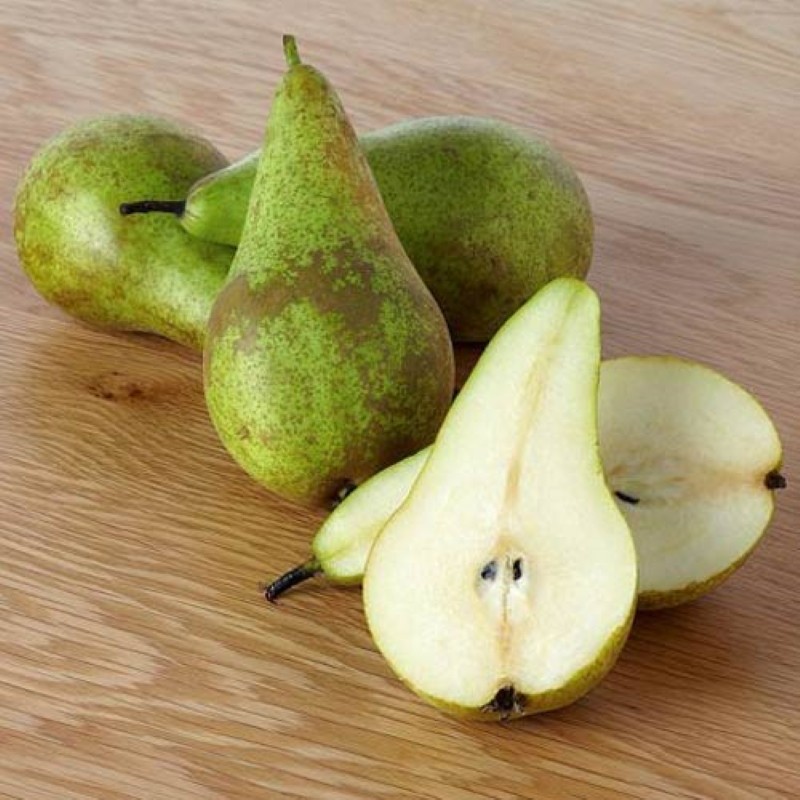Sweet and fruitful pear Conference - photo and description of an old variety
 Due to their ease of cultivation and excellent taste, the old varieties of pears are still popular. One of them is the Conference pear, a photo and description of which became widely known after the variety was included in the State Register of Russia in 2014. Although the pear does not have high winter hardiness, it is considered zoned in the North Caucasus region. However, the highest yields and the sweetest fruits can be obtained in warmer regions where the variety is grown on an industrial scale. However, in private gardens, it can also be found in colder climates, where trees are sheltered for the winter. What is so special about the Conference that it does not confidently give up its positions?
Due to their ease of cultivation and excellent taste, the old varieties of pears are still popular. One of them is the Conference pear, a photo and description of which became widely known after the variety was included in the State Register of Russia in 2014. Although the pear does not have high winter hardiness, it is considered zoned in the North Caucasus region. However, the highest yields and the sweetest fruits can be obtained in warmer regions where the variety is grown on an industrial scale. However, in private gardens, it can also be found in colder climates, where trees are sheltered for the winter. What is so special about the Conference that it does not confidently give up its positions?
Pear Conference - photo and description of the tree

How the tree grows depends on rootstock:
- Grafted on a forest pear, the Conference will be high, up to 8 m, and will enter fruiting only 6 years after planting. But the harvest will give a rich, up to 70 kg of fruits.
- A rootstock in the form of a quince will reward the pear with a compact size, and the tree will grow no more than 4 m in height. The first fruiting will come earlier, already by 4 years, but the yield will be 2 times less.
The variety has low winter hardiness, therefore it is grown mainly in warm climates. More winter-hardy trees grafted onto pears - they can withstand up to minus 18 °. Whereas on a quince rootstock, a pear freezes already at minus 15 ° C.
The variety is not resistant to drought, moreover, it has an average immunity to major diseases, except for scab. He almost does not get sick with it.
The Conference pear variety is self-pollinated, and it is itself a good pollinator for many other species. But he will give more pears if other varieties grow nearby.
Taste qualities
 On the other hand, the conference has a pear-flavored taste. Its fruits are beautiful, bottle-shaped, ripen in mid-September. The average weight of pears is about 140 g, the skin is tough, yellow-green with a characteristic "rust". The pulp is juicy and tender, oily, very sweet, and the sweetness is more evident during storage. And pears can be stored in a cool place for up to 6 months.
On the other hand, the conference has a pear-flavored taste. Its fruits are beautiful, bottle-shaped, ripen in mid-September. The average weight of pears is about 140 g, the skin is tough, yellow-green with a characteristic "rust". The pulp is juicy and tender, oily, very sweet, and the sweetness is more evident during storage. And pears can be stored in a cool place for up to 6 months.
Pros and cons of the variety
 Of the advantages of the pear, the Conference should be noted:
Of the advantages of the pear, the Conference should be noted:
- great taste;
- transportability;
- the possibility of long-term storage;
- regular and abundant fruiting;
- self-pollination.
Unfortunately, due to shortcomings, the variety loses to modern resistant hybrids. They have a higher winter hardiness and immunity to diseases.